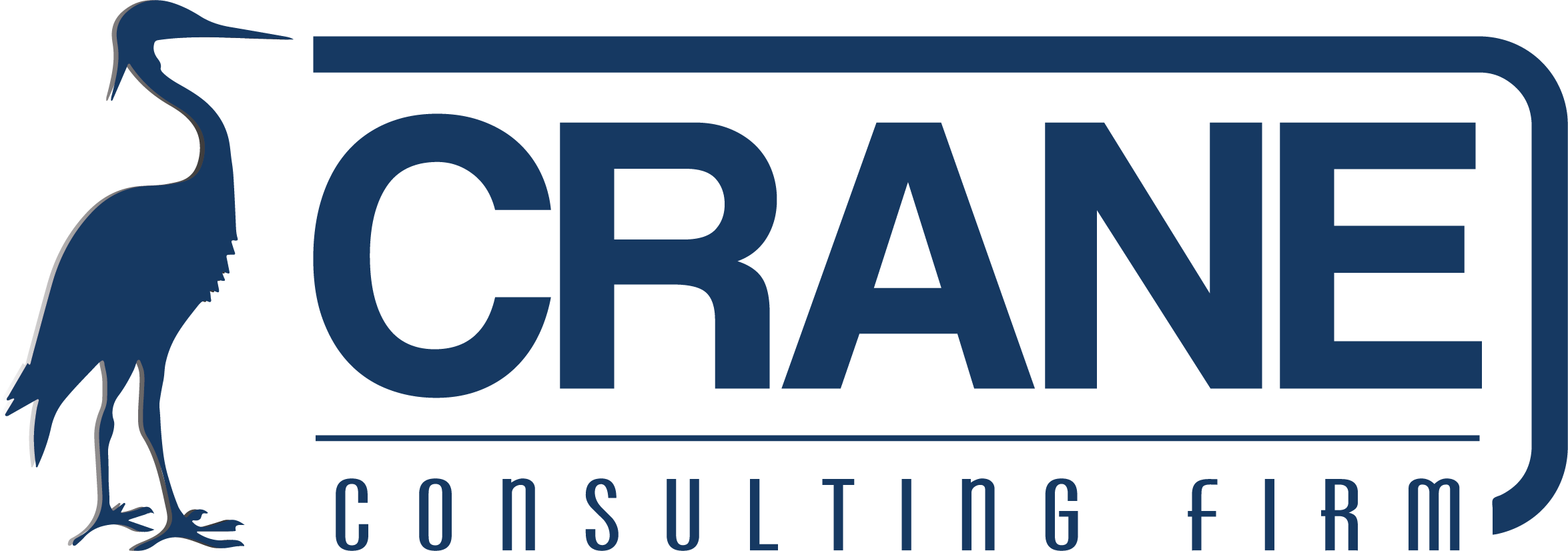The rate of disruption is escalating across every industry, thanks to an increase in computing power, technology adoption and information sharing. These global shifts have made markets more efficient, given companies access to a broader pool of talent and resources and expanded competition to a global scale. The resulting changes and pressures are challenging virtually all companies, from startups to established enterprises.
Explaining Agile
Agile is a vast global movement that is transforming the world of work. The movement took off in software development in 2001 and is now spreading rapidly to all parts, and all kinds, of organizations, as recognized in 2016 by the citadel of general management—Harvard Business Review—with its article, “Embracing Agile,” by Darrell K. Rigby, Jeff Sutherland and Hirakata Takeuchi. There are already hundreds of thousands of Agile practitioners all around the world.
Data Analytics
Know what your customers want before they do.
Data Analytics is the practice of using data to drive business strategy and performance. It includes a range of approaches and solutions, from looking backward to evaluate what happened in the past, to looking forward to execute scenario planning and predictive modeling.
According to Northeastern University, big data analytics requires examining large volumes of data to uncover hidden patterns and correlations, enabling companies to make proper business decisions. Organizations realize the essential need of understanding data driven historical performance and how this correlates with future projections.
Before the recent digital revolution, executives in leading organizations were praised for “gut” intuition and their ability to read and understand the limited data before them. As more devices become connected, the amount of available data continues to grow. According to Gartner data, an estimated 11.2 billion pieces of hardware will be connected to the internet by the end of 2018; that number is expected to climb to 20.4 billion by 2020.
Each of these devices generates information, but too much for traditional models to visualize. To combat this, and make all data actionable, technology developers have created data analytics programs that use advanced technologies such as machine learning and artificial intelligence to break down big data into digestible information.
According to Deloitte, organizations that properly leverage data analytics are able to spot global trends faster than their competitors. Data analytics can provide information in real-time, allowing organizations to adjust on pace with the market itself. Data analytics can also be used internally, empowering enterprises with the tools to identify wasted resources and improve overall productivity.
Example
Amazon Fresh and Whole Foods Market is a perfect example of how big data can help improve innovation and product development. Amazon leverages big data analytics to move into a large market. The data-driven logistics gives Amazon the required expertise to create and achieve greater value. Focusing on big data analytics, Amazon Fresh and Whole Foods Market is able to understand how customers buy groceries and the way suppliers interact with the grocer. This data provides insight as to whether further changes should be implemented.
The future of big data is here.
Contact our team today to learn how we can help your business leverage your data
Access to Product Information
86% of customers are willing to pay more for a better customer experience.
Customers now possess more power to influence not only what they buy, but also the purchasing decisions of others. Through the global connectivity of social networks and digital technology, consumers are increasingly driving the terms of when, where and how they engage with suppliers and manufacturers. As the demographic of the target customer market shifts, enterprises must respond to the pressures of more informed and demanding critics and creators of their products and services. Customers expect more customized and personalized services and technology, even to the point of desiring opportunity to influence technology innovation and product road maps.
Your customers have a voice, and they expect organizations to champion initiatives and platforms providing opportunities to share candid and key feedback. The most dangerous aspect of the consumer’s voice is that if they are not appropriately channeled, consumers will share their experience and opinions with prospective customers. In many industries and market segments, consumers are reluctant to procure technology and services without performance-based recommendations, and this is significantly disruptive to traditional purchasing.
This newly defined landscape creates a challenge for organizations. How do you close the gap between consumer expectations and the capacity of the enterprise to satisfy its clientele? Many organizations are struggling with this dynamic. KLM’s Meet and Seat program is a great example of closing the gap. In this case study, on February 3, 2012, KLM launched a social networking service that connects people with existing Facebook or Twitter accounts who share similar interests during a flight. This innovation is a popular way of enabling people to interact, thereby increasing the experience of social traveling resulting in a better travel experience for passengers.
In today’s environment, it is critical to meet customer’s data demands. A supplier’s credibility and quality is measured by the ability to provide easy access to product information. Increasingly, global consumers expect this. By implementing standardization, companies can be more confident that their data is accurate and best serving their customers.
According to a comprehensive survey from Label Insight, a data solution provider, 94% of consumers will be loyal to a brand that offers complete transparency, and 73% would be willing to pay more for a product that offers complete transparency. Intelligent entrepreneurs, business owners, marketers and smart businesses understand the benefits of embracing their customers’ insights. Therefore they pursue more innovative and creative ways to use technology.






